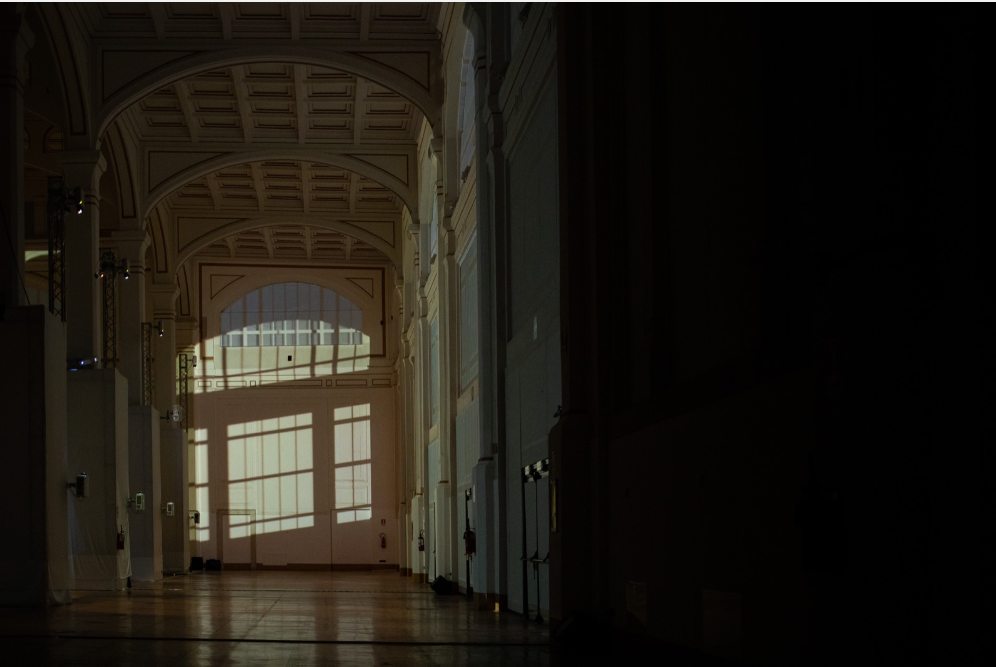Light & Sound Synthesis: In Conversation with Amay Kataria by Amay Kataria
The project Supersynthesis use creates an interaction between light and sounds. I admire how the project changes the patterns of the lights depending on the patterns of the sounds. I admired the changing light patterns, because it satisfied my imagination of how programming influences reality by creating lights that simultaneously change in pattern with sound waves. In this sense, these lights just visualized sound waves.
It’s complicated for me to understand how the programs behind this work, but I can summarize it in an abstract manner. The artwork was divided into 24 light sources that have 24 pitches, which will be triggered when different pitches are detected. The program Amay created can allow machines to detect each pitch and control the light sources.
The Amay Kataria’s artistic sensibilities manifest in the final form through visualization of the invisible sounds waves with lights. It was visually pleasant to watch these light changes in wave patterns in the dark according to the sound of the drums.
Link: Light & Sound Synthesis: In Conversation with Amay Kataria – CreativeApplications.Net
Video:
![[OLD SEMESTER] 15-104 • Introduction to Computing for Creative Practice](../../../../wp-content/uploads/2023/09/stop-banner.png)

